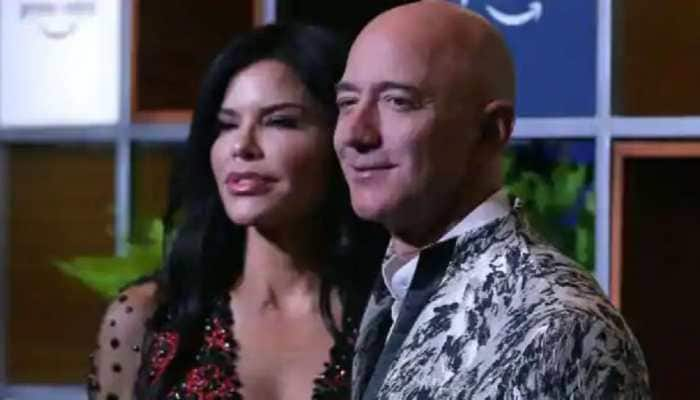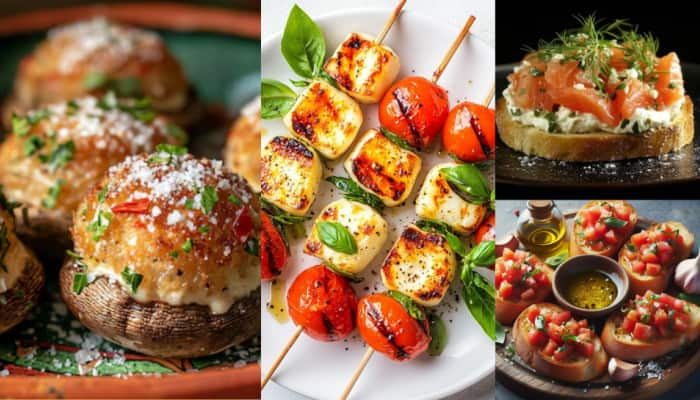Bubble size may decide how good your wine is
The applications of this work could prove useful for aiding in the quality assurance testing of sparkling wines and other carbonated beverages, researchers said.
Trending Photos
) (Representational image)
(Representational image) Houston: The classic sparkling wine that has rung in countless new years is notable for its iconic cork popping, but a new study has found that bubble size may play a key role in determining how expensive that bottle should be.
"Bubbles are very resonant. They basically ring like bells, and the frequency of that ringing depends in part on the size of the bubbles," said Kyle S Spratt from the University of Texas at Austin in the US.
"There is a well-known notion that the quality of a sparkling wine is correlated to the size of its bubbles, and we are investigating whether the bubble size distribution of a sparkling wine can be obtained from simple acoustical measurements," Spratt said.
The team typically investigates the properties of bubbles and how they relate to underwater acoustics using a hydrophone, a piezoelectric transducer-based device that records underwater sound.
They thought a similar technique might apply to the investigation of wine bubbles.
"When we came across the idea that bubbles play an important role in the quality of a sparkling wine, our first instinct was to drop a hydrophone into a glass and see what kind of sound we can hear," said Spratt.
To prevent from altering the properties of the champagne bubbles, researchers resorted to using a very small hydrophone.
The champagne flute design is not just to look arbitrarily fancy, having a great deal of effect on bubble formation.
"A wine glass is also a resonant object, so another challenge for us was to make sure that the characteristics of the glass itself were not biasing our measurements in some way," said Spratt.
However, attempting to take measurements in other containers, especially Styrofoam, left little to be desired, researchers said.
"It turns out the bubble formation process on Styrofoam is completely different than on glass," Spratt said.
"So, if you ever have to resort to drinking champagne out of a Styrofoam cup, the bubbles will be quite different," Spratt said.
The applications of this work could prove useful for aiding in the quality assurance testing of sparkling wines and other carbonated beverages, researchers said.
Using the acoustic properties of the bubbles as an indicator for wine quality could prevent errors in commercial manufacturing or packaging that may not be detectable by taste alone, they said.
"The direct application would be as a simple tool that could be used to monitor the bubble size distribution in sparkling wines," Spratt added.
Stay informed on all the latest news, real-time breaking news updates, and follow all the important headlines in india news and world News on Zee News.
Live Tv







)
)
)
)
)
)
)
)
)
)
